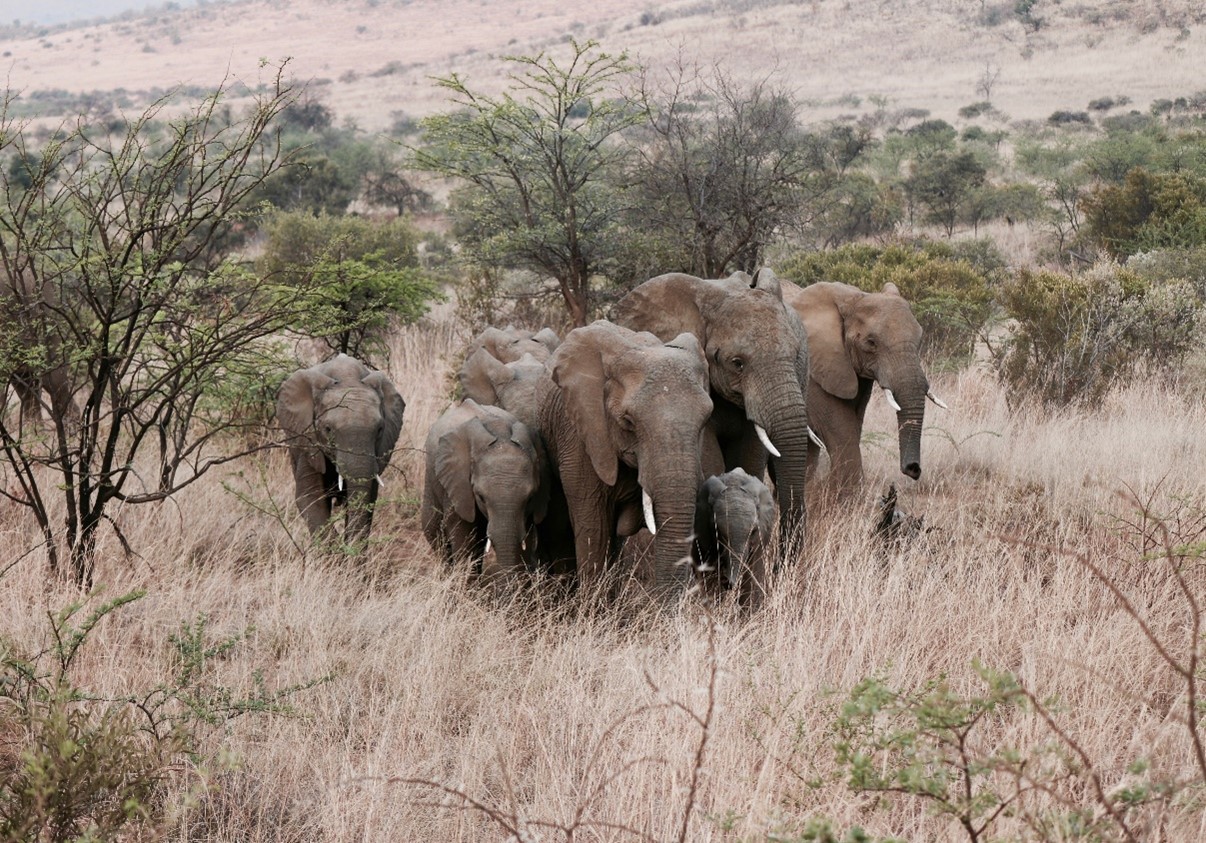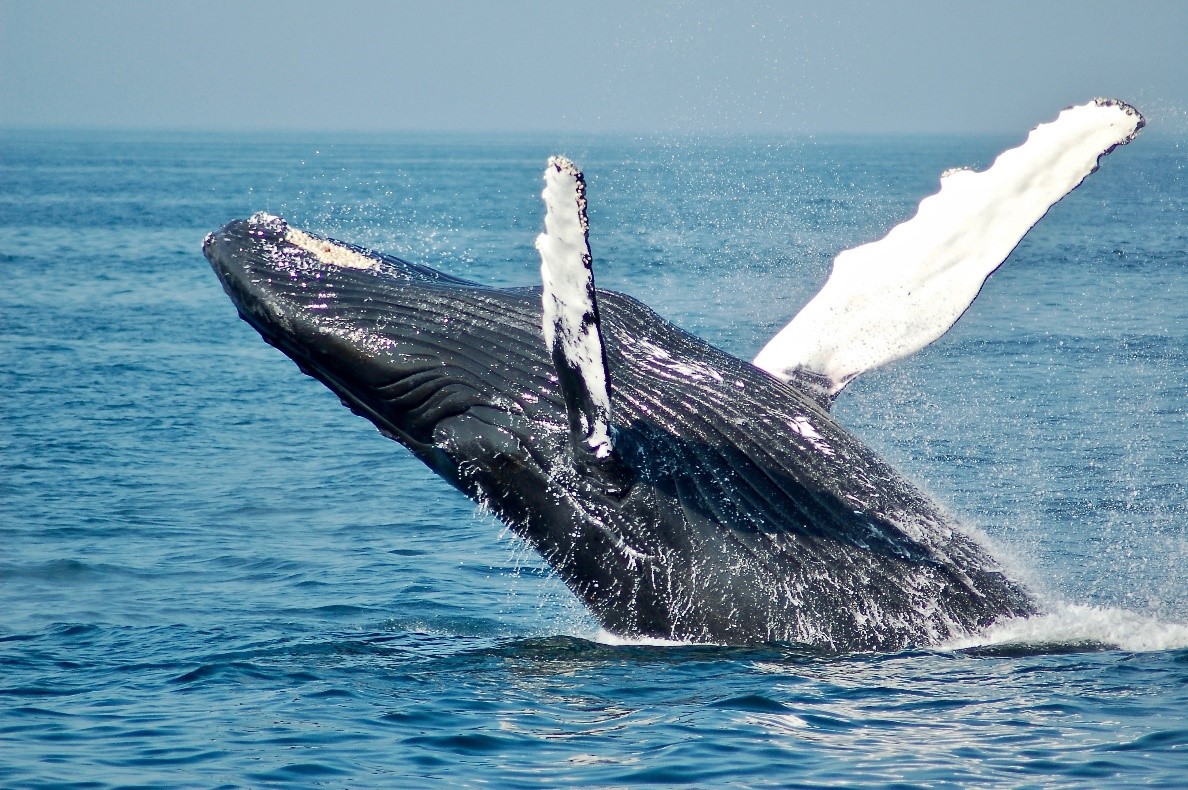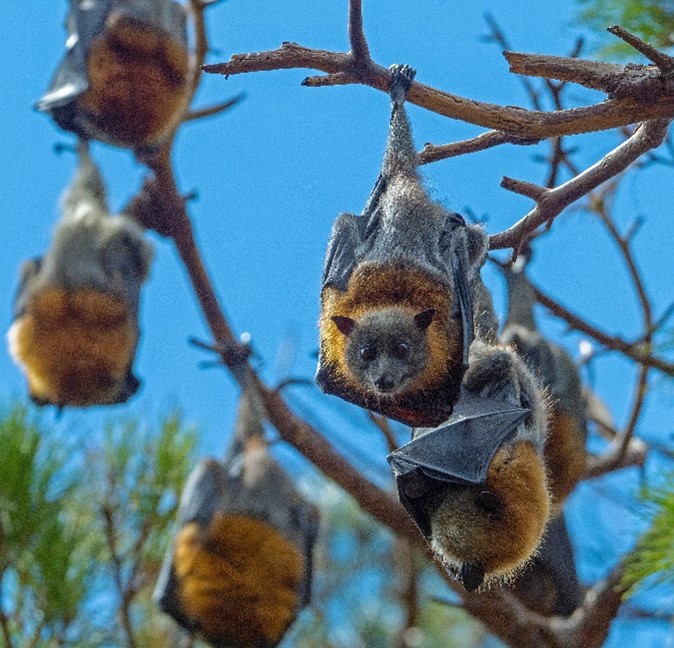Communication on land
Communication in animals describes any process where information is passed from one animal to another. Most animals use vocalised sounds to communicate with one another and with other species. For example, a cat hisses when it feels threatened or purrs when it feels comfortable. These sounds are the cat’s way of communicating whether it wants to be petted or not… proceed at your own risk.
Interestingly, many animals have the ability to communicate over large distances. Unfortunately, humans are not one of these animals. Humans are particularly bad at long-distance communication (if you don’t count using a phone, that is). Research shows that at a distance of only 100 metres—less than two football pitches long—our voices are no longer intelligible. To put this in perspective, elephants can communicate with each other at over 10 kilometres apart, making our 100-metre range seem pitiful.

Surprisingly, it is not their loud trumpet-like call that enables them to do this. Elephants can produce incredibly low frequency sounds, known as infrasound. This describes any sound that has a frequency of less than 20 Hertz (Hz). These sounds have a long wavelength and produce a deep, low note. In fact, without specialised equipment humans cannot hear infrasound at all—but we can feel infrasound vibrations. This is because the average human hearing ranges from 20 Hz to 20,000 Hz.
Elephants use infrasound because it can travel for many kilometres. This is especially important because elephant herds often split into smaller groups and it allows elephants to communicate with each other at a distance. Low frequency sounds have wavelengths that are longer than many of the obstacles they encounter, such as tree trunks and boulders, allowing them to pass around them as if they were not there. On the other hand, high frequency sounds have short wavelengths that cannot pass around large objects, causing them to bounce off in different directions, quickly losing energy.
Communication in water
Our planet has vast oceans, covering a huge 71% of the Earth’s surface. Therefore, it makes sense that the best long-distance communicators live in the ocean. Whales are the greatest at long-distance communication, with almost all whale species able to communicate over incredibly large distances. One of the most famous species is the humpback whale. The sounds they make are often referred to as ‘songs’ and are considered the longest and most intricate of all in the animal kingdom.

Interestingly, humpback whales do not produce infrasound like elephants. The frequency of the humpback whale’s song ranges between 40 Hz and 4,000 Hz and can reportedly travel thousands of kilometres through the ocean. This is because sound travels over four times faster in water compared to air.
To explain, I want you to imagine jumping on a bouncy castle. It’s incredibly bouncy! This is because air is very squishy, or compressible. Now imagine jumping on a giant water balloon—one that doesn’t break. You might create some ripples, but you wouldn’t experience the springy effect of a bouncy castle. This is because water is not easily compressed. In general, the less compressible the medium the faster the speed of sound.
Navigation and hunting
Sound can be used for more than just communication. Many animals such as bats, whales, and even some shrews and birds use sound for navigation and hunting, as well as communication. They do this by using echolocation, which is a technique that uses reflected sound to determine where objects are.
To help explain this sophisticated use of sound, I will use bats as an example. Although bats are not actually blind (which is a common misconception), they rely on echolocation to help them with navigation and hunting. Bats are nocturnal, hunting during the night. For us, this would be very difficult, but by using echolocation bats find this easy.

Bats produce incredibly high frequency sound pulses, or squeaks. Research shows that some bats can produce a frequency of over 100,000 Hz. To give you some idea of how squeaky this really is, human vocal cords can only produce sounds ranging from about 50 Hz to 7000 Hz.
The bat emits these high frequency squeaks and waits for the echo. The echo allows them to determine the size, shape, position, and even the direction of their prey’s flight. Amazingly, echolocation is so precise that bats can detect an object the width of a human hair.
Clearly, animals have developed some pretty sophisticated ways to use sound. Here I have only mentioned a handful of interesting animals. Please feel free to add to the list in the comments!
bats r sooooo cool